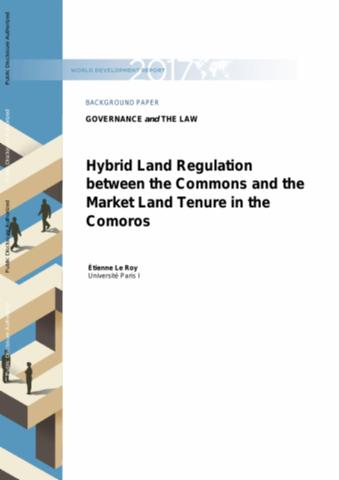Resource information
Following a chaotic political decolonization, from 1975 to 2000, the Comoros failed to sustain the extension of private land ownership pursued since the beginning of the twentieth century and to implement land reform prepared with the assistance of the FAO and the UNDP but abandoned after the assassination of the President of the Republic in 1989. This reform was based on a form of heritage management recognizing the plural and complementary nature of modes of securing land tenure. It was resumed at the beginning of the 1990s as a “reformation,” that is, an informal policy, and translated into best practice by Comorian agricultural engineers with a view to stabilizing and then improving the productivity of small family farms, which are overwhelmingly predominant in the three islands. In doing so, they came face to face with the “challenge of the commons” translated into new operational strategies while recognizing the diversity of groups, interests, and resources as well as the strongly hybrid nature of local management regulations that helped make customary norms and proprietary procedures complementary. The result was the coexistence of what can be called a “primo-commons” inherited from ancestral practices and a “neo-commons” influenced by the market and opening up the Comoros to international trade and modernity.


